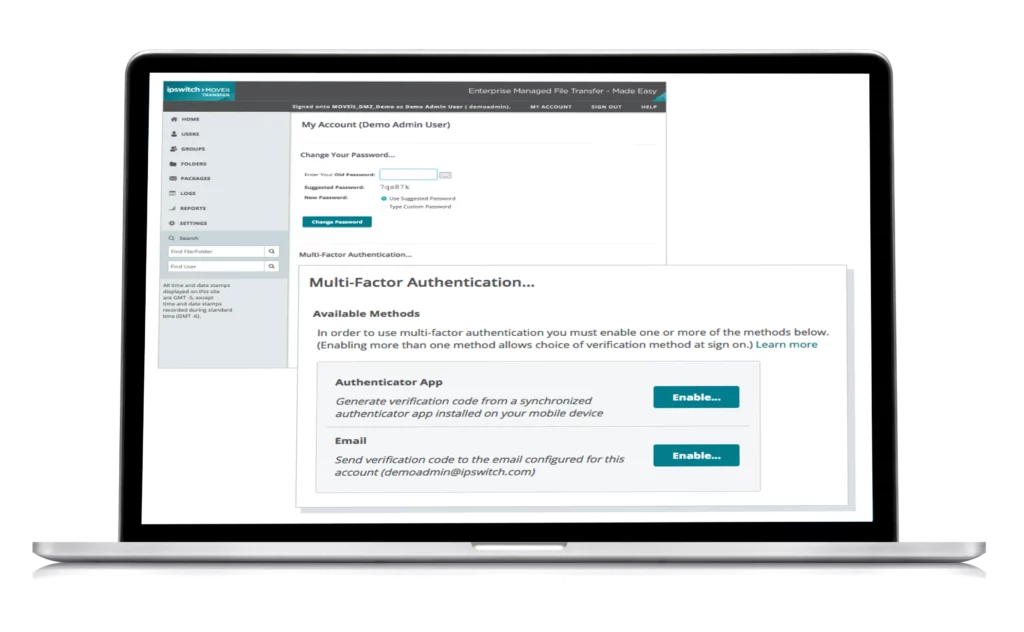On the global cyber landscape, few incidents in recent memory have been as impactful as the MOVEit data breach. Identified in late June 2023, the breach saw the personal information of potentially more than 100,000 individuals compromised. A startling revelation was that the attackers targeted none other than the U.S. Department of Health and Human Services. However, the breadth of the breach extends far beyond a single department, affecting a multitude of organizations across diverse sectors.
The Cl0p ransomware gang exploited a previously unknown SQL injection vulnerability (CVE-2023-34362) in the MOVEit Transfer software, a widely-used managed file transfer solution by Progress Software. This software was utilized by numerous organizations globally, including government agencies, major pension funds, and private businesses. The Department of Health and Human Services in the U.S. was one of the victims, affecting potentially more than 100,000 people. Other confirmed victims include the U.S. Department of Energy, other federal agencies, more than 9 million motorists in Oregon and Louisiana, Johns Hopkins University, Ernst & Young, the BBC, and British Airways.
Unmasking the Culprits: The Cl0p Ransomware Gang
The perpetrators of this cyber onslaught are none other than the Cl0p ransomware gang, also known as TA505. Renowned for its evolving malware strategies and trend-setting tactics, this cybercriminal group is notorious for its large-scale spear-phishing campaigns and ransomware attacks. They have, over time, compromised an estimated 3,000 U.S.-based organizations and a staggering 8,000 organizations worldwide2.
The Cl0p gang is infamous for its utilization of a ‘double extortion’ tactic. The group not only steals and encrypts victim data but also refuses to restore access until a ransom is paid. If the victims fail to pay, the gang threatens to publish the exfiltrated data on the dark web via their CL0P^_-LEAKS website. This approach puts the victims under immense pressure, as non-payment could lead to their sensitive data being made public.
The Vulnerability: An In-depth Look at CVE-2023-34362
The linchpin that allowed the Cl0p ransomware gang to execute their attack was a previously unknown SQL injection vulnerability in the MOVEit Transfer software. This software, a managed file transfer (MFT) solution by Progress Software, was widely used across various organizations globally. The vulnerability, now cataloged as CVE-2023-34362, was the weak link that cybercriminals needed to exploit to cause such widespread havoc.

The hackers exploited this vulnerability to install a web shell named LEMURLOOT on the MOVEit Transfer software. This allowed them to bypass the system’s defenses and steal data from the underlying databases. It’s important to note that the hackers did not compromise the systems or networks of the organizations directly. Instead, they accessed data managed by third-party vendors, utilizing the vulnerability in the software as their entry point.
In the case of the Department of Health and Human Services, the specifics of the data affected were not released. Still, the scale of the breach – affecting over 100,000 individuals – speaks volumes about the severity of the situation.
Understanding the Cl0p Ransomware Group’s Toolkit
In their arsenal, the Cl0p ransomware gang has a variety of malware types to collect information. They employ the FlawedAmmyy/FlawedGrace remote access trojan (RAT) to collect information and establish communication with the Command and Control (C2) server, enabling the download of additional malware components.
SDBot RAT is another tool used by the gang to propagate the infection, exploiting vulnerabilities, and dropping copies of itself in removable drives and network shares. This malware is used as a backdoor to enable other commands and functions to be executed on the compromised computer.
A Global Impact
The breach of the MOVEit file-transfer program is estimated to have compromised hundreds of organizations globally. Confirmed victims include the U.S. Department of Energy, other federal agencies, and more than 9 million motorists in Oregon and Louisiana. Other victims include Johns Hopkins University, Ernst & Young, the BBC, British Airways, the Tennessee Consolidated Retirement System, and California’s public pension fund. The breaches affected more than 171,000 retirees and beneficiaries in Tennessee and over 769,000 retired workers and beneficiaries in California.
The Aftermath and Preventive Measures
In the aftermath of the breach, Progress Software, the parent company of MOVEit’s U.S. maker, alerted customers and issued a patch on May 31. However, it is believed that hundreds of companies could have had sensitive data quietly exfiltrated by then. This is a stern reminder that organizations must be proactive in their cybersecurity measures and not reactive1.
The Federal Bureau of Investigation (FBI) and the Cybersecurity and Infrastructure Security Agency (CISA) have since released detailed advisories to help organizations protect against such ransomware threats. They suggest several measures to mitigate cyber threats from Cl0p ransomware, including taking an inventory of assets and data, limiting admin privileges, monitoring network ports, protocols, and services, and regularly patching and updating software and applications to their latest versions.
Conclusion
The MOVEit data breach underscores the importance of vigilant cybersecurity practices. The Cl0p ransomware gang’s sophisticated tactics highlight the evolving threats in the cyber landscape. Organizations must recognize the need for robust and proactive cybersecurity measures to counter such threats. This includes regular vulnerability assessments and staying updated with the latest advisories from authorities like CISA and the FBI. As the digital landscape continues to evolve, the need for comprehensive cyber defense strategies has never been more critical.
In an era where data is the new gold, protecting it should be the top priority for every organization. The MOVEit data breach serves as a sobering reminder of the repercussions of failing to do so.



